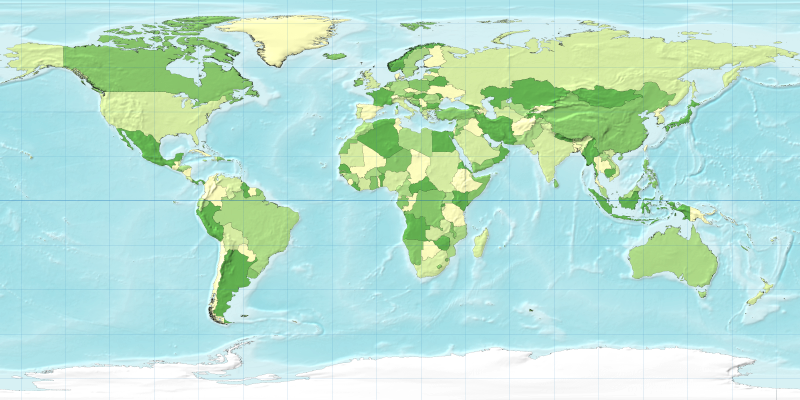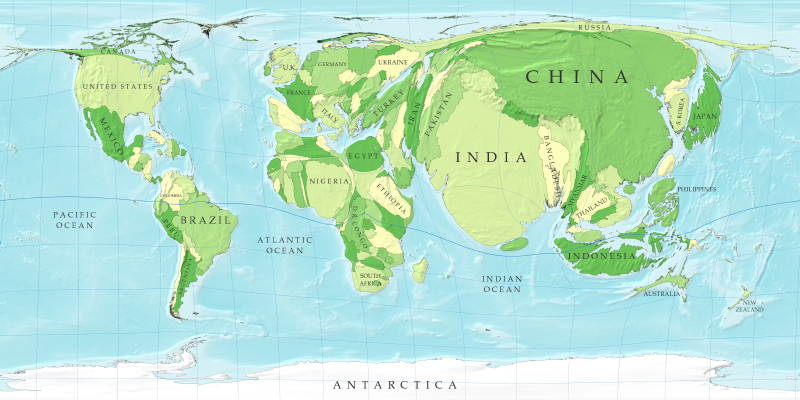The use of economic discounting for environmental decision analysis is often criticized. Discounting refers to the method of weighing present versus future benefits. Customarily, discounting has been calculated at a constant exponential rate, analogous to the interest rate on a loan. This can lead to absurd results. For example, living resources that grow more slowly than the discount rate (such as redwoods and whales) should be harvested to extinction, according to cost-benefit analyses using constant exponential discounting. Such outcomes have led some scientists and environmentalists to reject cost-benefit analysis for environmental decisions.
However, recent research shows that constant economic discounting is not supported by data for decisions with long time horizons. Proper approaches to discounting yield much greener decisions . Diverse economic models show that future interest rates are highly uncertain. Therefore environmental cost-benefit analyses must consider outcomes over a plausible range of models for future discount rates. When outcomes are averaged, models with relatively severe discounting (such as the constant exponential model) have negligible impact after a long period of time has elapsed. Instead, models that lightly discount the future have greatest impact on decisions. Thus optimal decisions are far greener than previously thought.
The greening effect is especially notable for decisions that involve environmental tipping points, such as species extinctions, freshwater quality, and climate change. Proper economic discounting leads to conservation-friendly decisions in these cases.
Constant exponential discounting has been a powerful obstacle to adaptive ecosystem management, because it downgrades the present value of future information. However, when discounting is done properly then learning has greater weight in decisions, favoring adaptive ecosystem management.
The Millennium Ecosystem Assessment has shown that properly computed cost-benefit analyses would often lead to conservation (rather than conversion) of ecosystems, even using constant exponential discounting. Proper discounting would favor conservation in an even wider variety of cases.





 The
The 